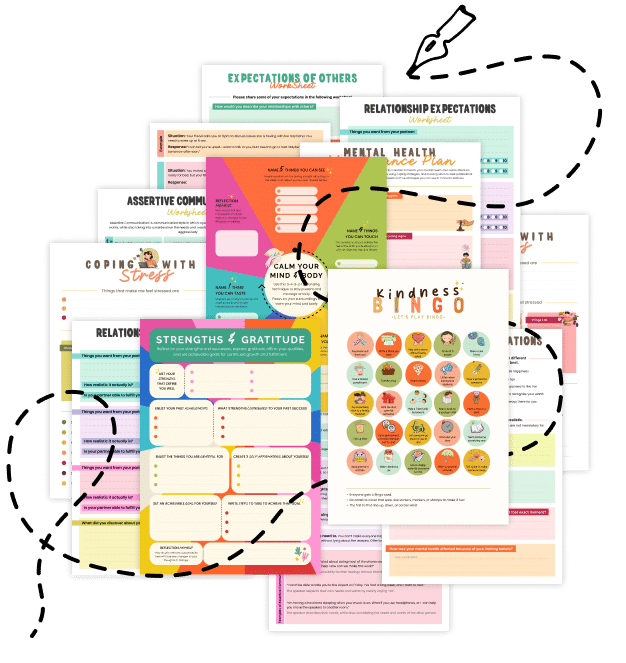20 Things About The VARK Approach
Enhance your learning efficiency with these 20 insights on the VARK Approach—what it is, why it matters, and how it can transform the way you study and work. Discover your unique learning style and harness strategies tailored to your strengths for better retention and understanding.
1. What Is the VARK Approach?
The VARK Approach is a model that categorizes learning preferences into four modalities: Visual, Auditory, Read/Write, and Kinesthetic.
2. Origins of the VARK Model
Developed by educator Neil Fleming, VARK provides a simple framework for understanding how individuals absorb and process information.
3. Discovering Your Learning Style
Using VARK assessments, you can identify whether you learn best through images, sound, text, or hands-on experiences.
4. Visual Learners Explained
Visual learners benefit from diagrams, charts, and other imagery to comprehend and retain information.
5. Auditory Learners Explained
Those with an auditory preference thrive with lectures, discussions, and audio materials that let them hear the information.
6. Read/Write Learners Explained
This group prefers engaging with written content—through reading texts, taking notes, and writing summaries.
7. Kinesthetic Learners Explained
Kinesthetic learners absorb information best through physical activities, experiments, and real-life examples.
8. Embracing a Multimodal Approach
Many individuals don’t fit neatly into one category; blending multiple styles can lead to a richer learning experience.
9. Enhancing Study Techniques
Knowing your VARK profile allows you to adopt study strategies that are more effective and enjoyable.
10. VARK in the Classroom
Educators can tailor lessons using diverse teaching methods that cater to various VARK styles, ensuring a more inclusive learning environment.
11. Self-Directed Learning
The VARK Approach empowers learners to customize their study routines and resources based on their personal strengths.
12. Integrating Technology
Digital tools—from interactive videos to e-books and virtual simulations—can support each learning style effectively.
13. VARK for Workplace Training
Organizations can use VARK principles to design training programs that improve employee engagement and retention of information.
14. Strategies for Visual Learners
Utilize infographics, mind maps, and visual aids to transform complex information into clear, memorable images.
15. Strategies for Auditory Learners
Incorporate podcasts, recorded lectures, and group discussions to reinforce learning through listening.
16. Strategies for Read/Write Learners
Engage with detailed notes, textbooks, and written instructions to solidify your understanding and recall.
17. Strategies for Kinesthetic Learners
Adopt hands-on activities, role-playing scenarios, and real-world applications to experience learning in action.
18. Benefits for Educators
Teachers can enhance lesson plans by mixing instructional methods to address diverse learning preferences in their classrooms.
19. Debates and Criticisms
While some critics argue that learning styles can be limiting, many find the VARK model a useful guide to personalizing education and training.
20. Related Topics to Explore
- Visual Memory Encoding – Techniques to strengthen image-based memory retention.
- Tactile Learning Strategies – Hands-on methods for engaging kinesthetic learners.
- Active Recall vs. Passive Review – Strategies to improve long-term memory retention.
- PQ4R Study Method – A structured approach to reading comprehension and retention.
- Spacing Effect – How distributing study sessions over time boosts learning.
Quick Tips to Boost Your Learning with the VARK Approach
- Assess Your Preferences: Take a VARK questionnaire to discover your dominant learning style(s).
- Customize Your Study Materials: Tailor your notes, visuals, and practice activities to match your learning preferences.
- Mix It Up: Experiment with multimodal techniques to strengthen less dominant learning modes.
- Leverage Technology: Use apps and online resources that provide visual, auditory, and interactive content.
- Review Regularly: Incorporate active recall and spaced repetition to enhance long-term retention.
Embrace these insights and tips to optimize your learning experience using the VARK Approach, and transform the way you absorb and apply new knowledge!


